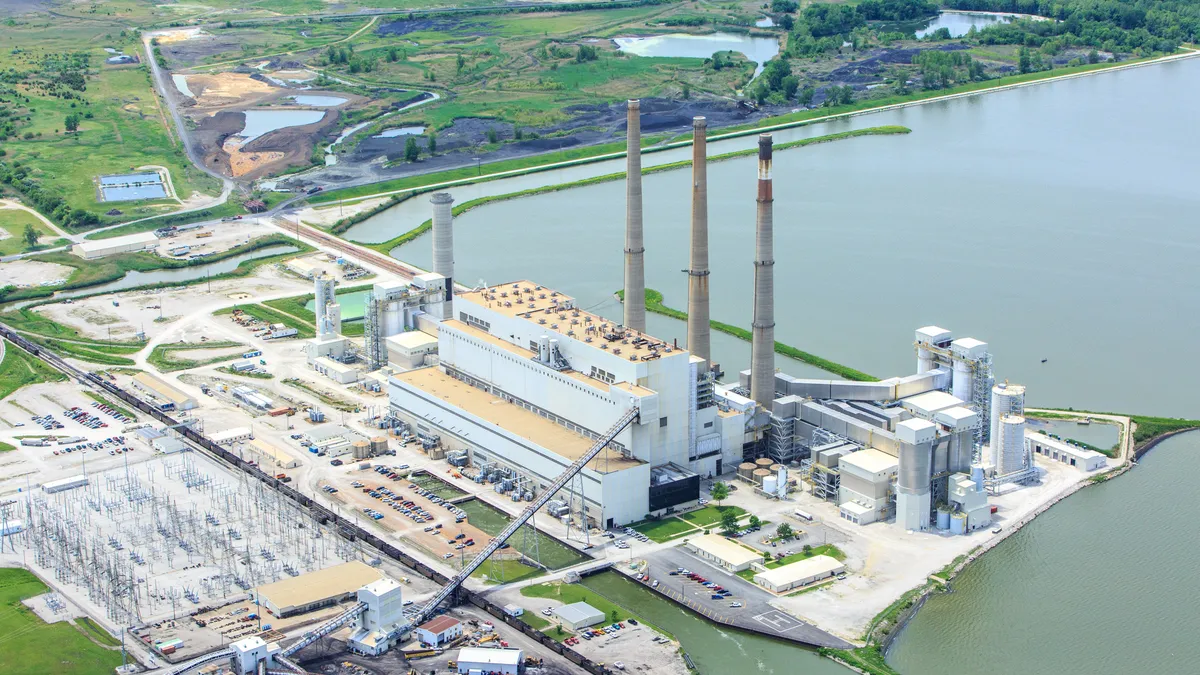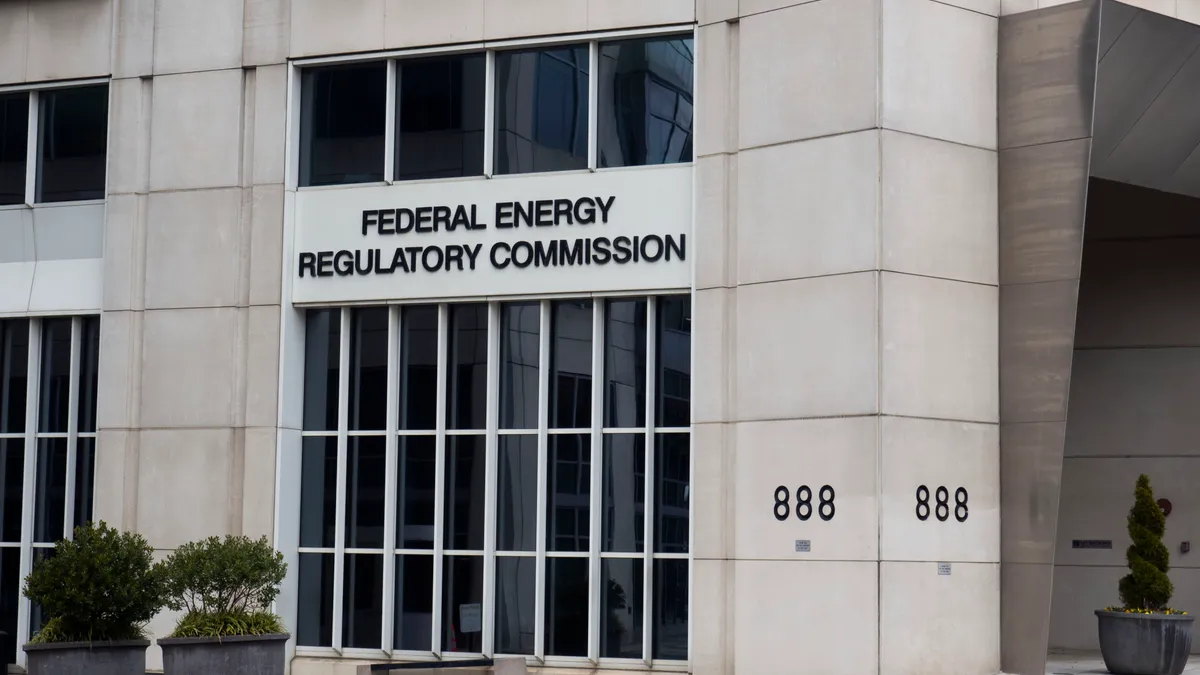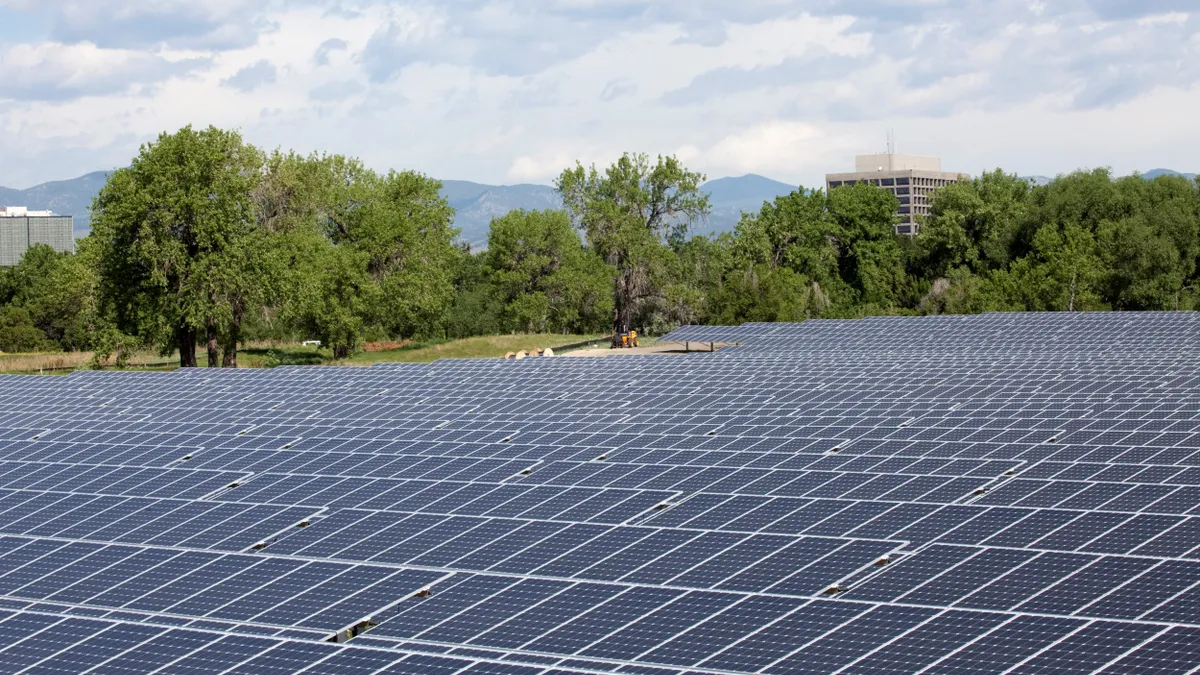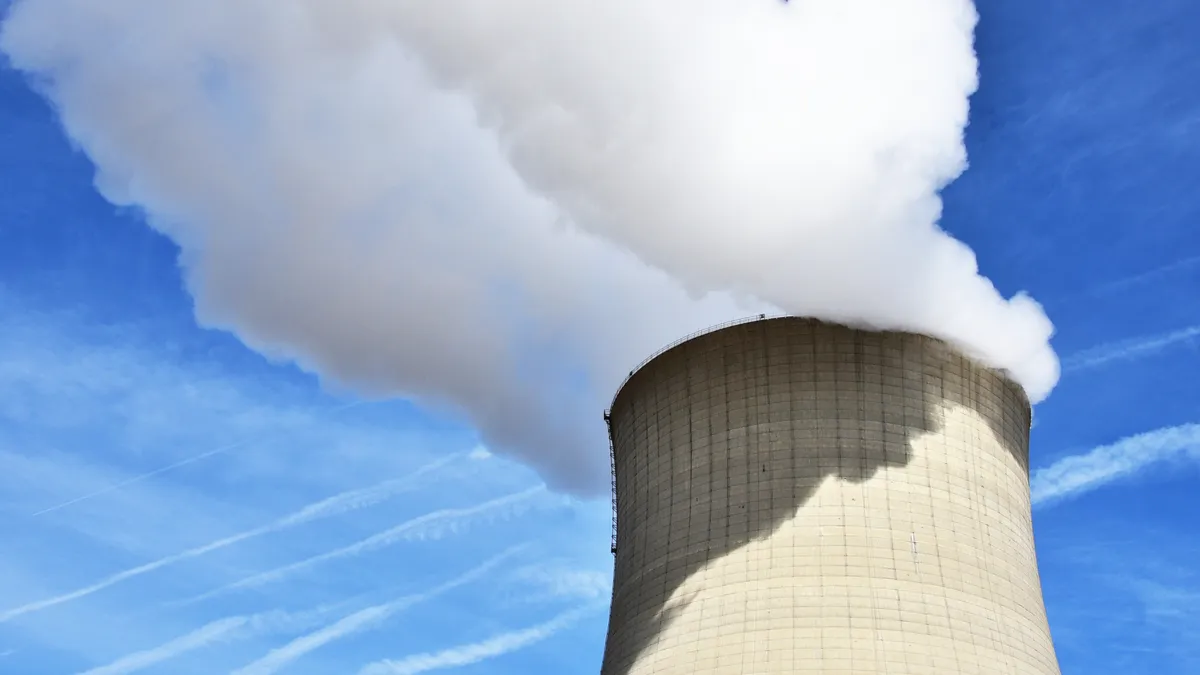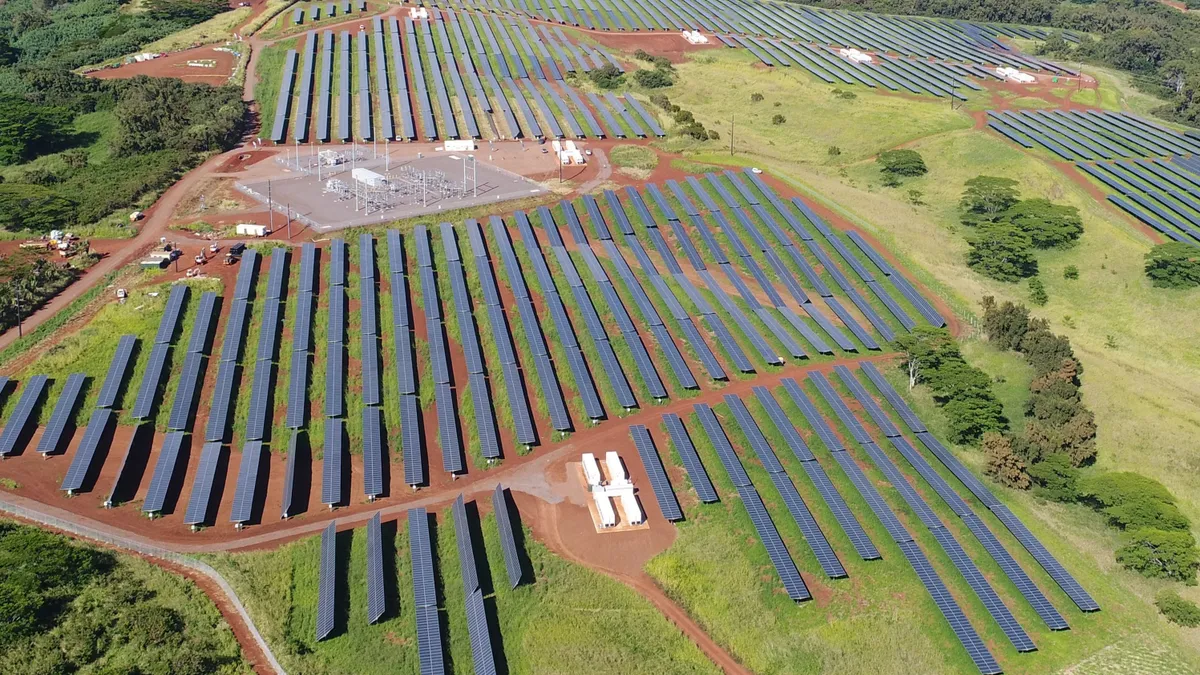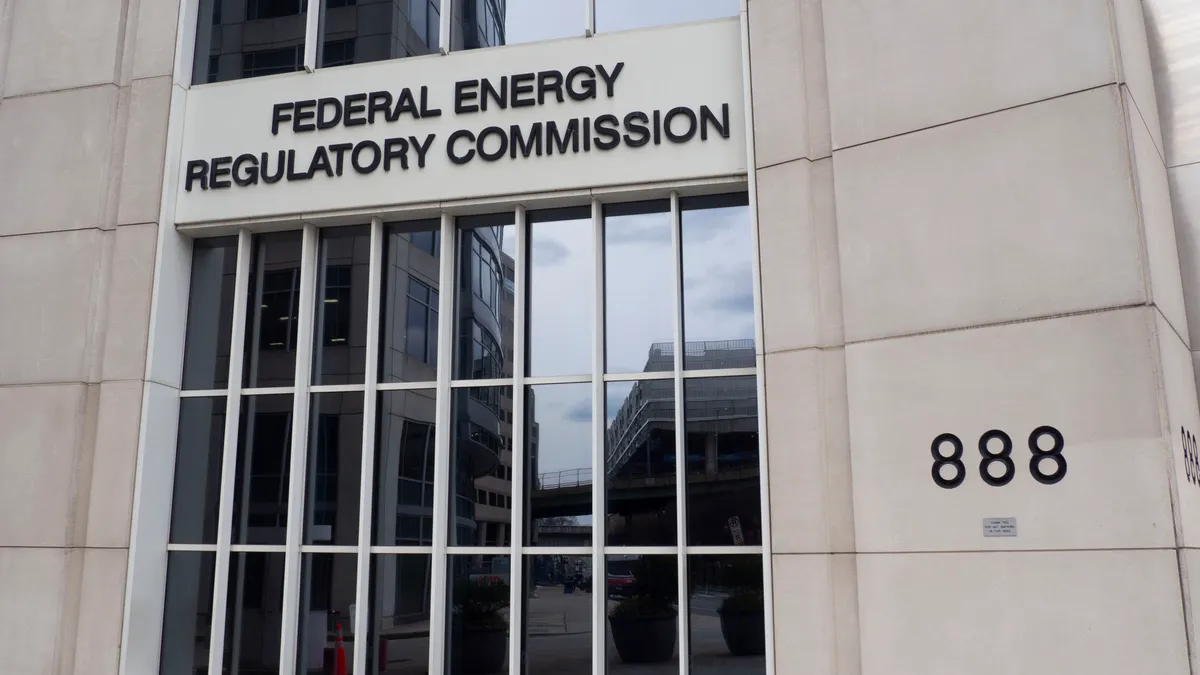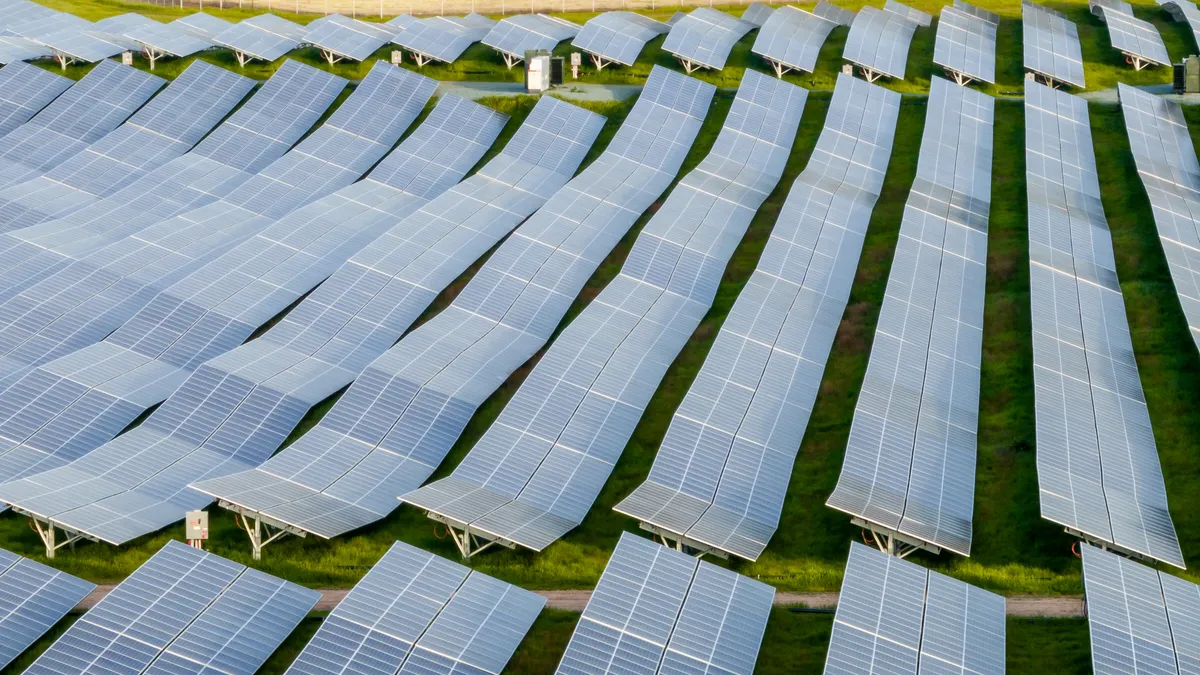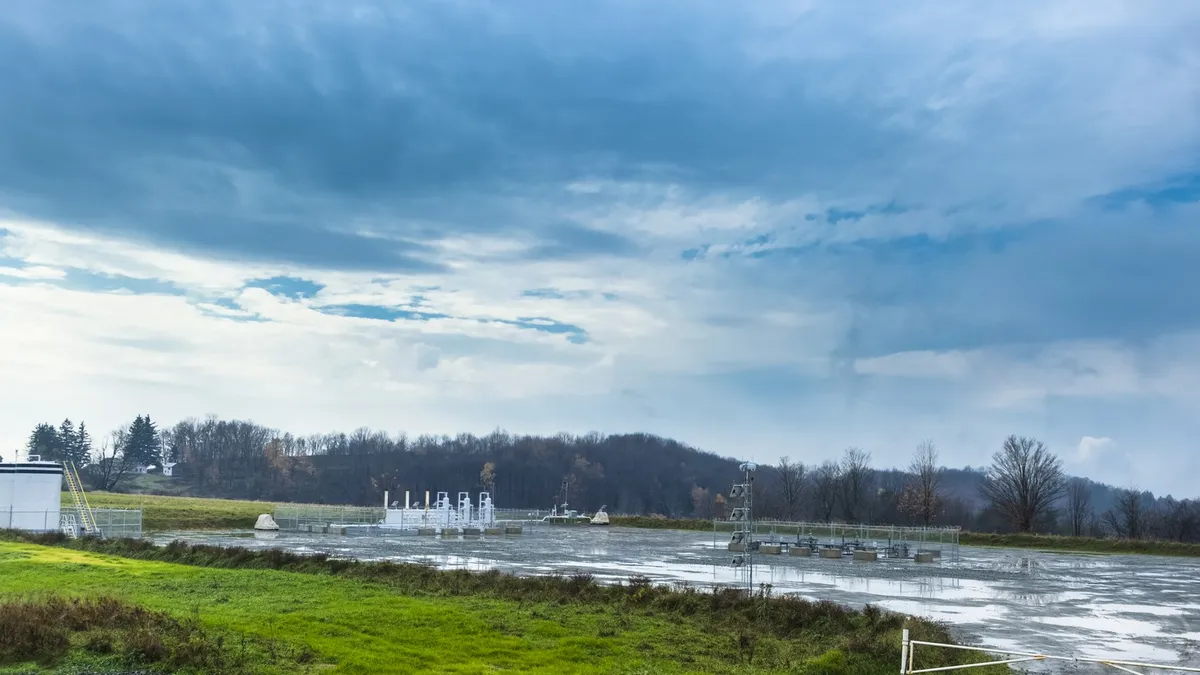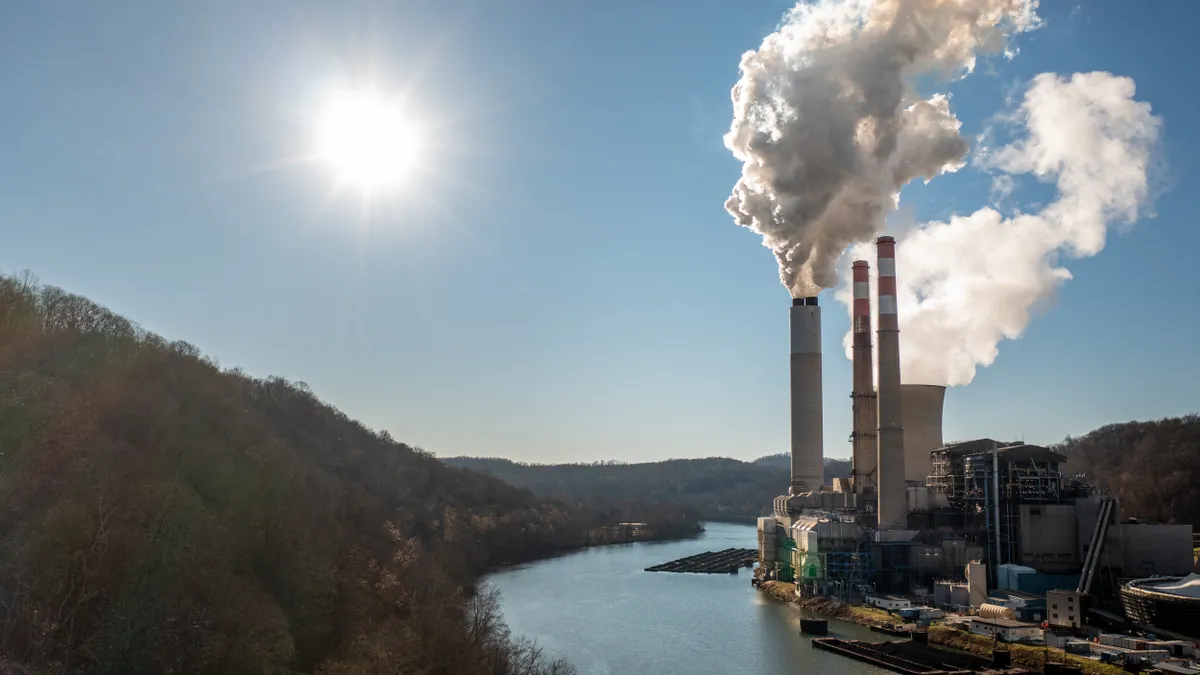Ari Peskoe is director of Harvard Law School’s Electricity Law Initiative.
President Donald Trump’s executive order on the “Reliability and Security of the U.S. Electric Grid” is his latest effort to save the shrinking fleet of inefficient coal-fired power plants from extinction. The plan outlined in the order is a throwback to his “Grid Reliability and Resilience Pricing Rule” that the power industry opposed and FERC unanimously rejected in 2018. Like the earlier proposal, the new executive order would disrupt power markets and raise energy prices for consumers in order to subsidize owners of aging coal-burning boilers. As it did during Trump’s first term, the power sector should rally against Trump’s plan because it illegally usurps the industry’s processes for deciding how to keep the lights on.
First-term efforts fizzle
Trump’s efforts to enrich coal plant owners date back to the earliest days of his first term. In 2017, the Department of Energy filed a proposal at FERC to exempt coal and nuclear plants from interstate markets administered by the eastern regional transmission organizations. DOE hypothesized that the markets were not adequately compensating these “fuel-secure” plants and therefore asked FERC to set special rates for coal and nuclear plants. The power industry lined up against the plan, filing comments at FERC that explained how DOE’s plan was unsupported by any evidence, would override state policies, and would increase prices. FERC quickly rejected DOE’s proposal on a bipartisan basis.
Yet the administration continued to flirt with coal bailouts. By May 2018, DOE had written a lengthy memo arguing that national security concerns justified handouts to coal plant owners. Meanwhile, FirstEnergy had formally requested that DOE force PJM to pay cost-of-service rates to every coal and nuclear plant in PJM. Opposition from broad coalitions of market participants was key to the proposals’ demise. Eventually, the White House lost enthusiasm for forcing the public to bail out FirstEnergy and other coal plant owners, with Politico reporting that DOE failed to develop a legally justifiable approach for determining which plants would benefit and who would pay.
The new coal bailout is illegal
Trump’s new executive order instructs DOE to give it another shot. DOE now has less than 30 days to develop a “methodology” for assessing whether each region of the bulk power system has enough resources. The EO also requires DOE to invent a “protocol” for identifying which power plants are needed to maintain reliability when DOE applies the methodology to a particular region. The EO then envisions that DOE will “retain” any identified generators that are struggling financially.
The power industry must oppose the EO with the same force that it objected to the first generation of bailout proposals. Although the EO devises a new bailout formula, the administration can’t mask its intent to drive up consumers’ rates for the benefit of the owners of coal-fired clunkers. For the industry, the EO threatens to conflict with its existing methods for accrediting generators, assessing resource adequacy, securing sufficient generation and setting wholesale prices. It’s also illegal for at least three reasons.
First, the EO orders DOE to develop its methodology and protocol in a black box without public input. Yet, the EO tasks DOE with this assignment under the guise of “streamlining” DOE’s processes for issuing orders under Federal Power Act section 202(c). That provision empowers DOE to address power system “emergencies” by ordering generators to take actions that “will best meet the emergency.” Decades-old regulations outline DOE procedures for acting under section 202(c). DOE can’t fundamentally change its procedures by adding the EO’s new methodology and protocol without conducting a public rulemaking process.
Second, section 202(c) is the only statute identified in the EO, but it does not authorize the actions demanded by the EO. Under section 202(c), DOE responds to utility and RTO requests that certain generators be subject to a DOE order needed to mitigate the impacts of short-term system emergencies. DOE’s powers are typically requested in response to major weather events or other short-term disturbances.
While DOE may act on its own under section 202(c), it would have to amass sufficient evidence to justify its own emergency declaration. A DOE-initiated emergency would pit its new black-box procedures against industry processes, which have been vetted by FERC and state regulators, that failed to detect any emergency. Even if DOE’s secret formula could withstand scrutiny, section 202(c) still could not support a coal bail out. Section 202(c) is for unanticipated short term emergencies, and it does not empower DOE to subsidize uneconomic coal plants rendered obsolete by rapidly changing industry dynamics.
The new EO raises a ‘Major Question’
Third, the administration’s new plan violates the Major Questions Doctrine, a judicial weapon fashioned by the Supreme Court to strike down novel administrative action. The Supreme Court announced the doctrine in a case about a 2015 Environmental Protection Agency rule that set carbon dioxide emission limits based on the power sector’s ability to shift production from high-emitting to low-emitting plants. EPA argued that a broadly worded provision of the Clean Air Act allowed EPA to adopt this new approach to setting pollution standards.
But the court disagreed, concluding that EPA had “claim[ed] to discover in a long-extant statute an unheralded power” that represented a “transformative expansion in [its] regulatory authority.” The court held that authority to “substantially restructure the American energy market” must be based on “clear congressional authorization.”
The administration’s coal bail out suffers from precisely the same legal infirmity. The administration’s claim that a 90-year provision of the Federal Power Act enacted to address short-term emergencies allows DOE to subsidize 50-year old power plants cannot survive scrutiny. As the Supreme Court explained when it quashed EPA’s rule, it is “highly unlikely that Congress would leave to agency discretion the decision of how much coal-based generation there should be over the coming decades.” DOE may not assert such “highly consequential power beyond what Congress could reasonably be understood to have granted.”
Anticipatory obedience is a losing strategy. In 2017, diverse alliances of market participants, system operators and states objected loudly to Trump’s proposals to intrude into power markets. The power industry must resist this coal bailout, too.


